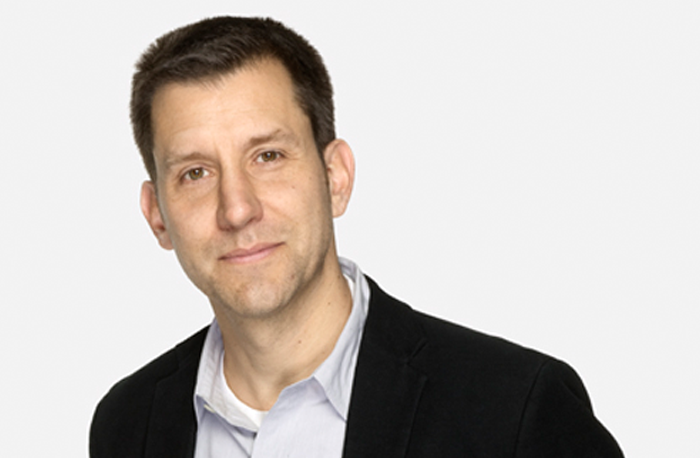Master of Architecture – Director’s Message

 DIRECTOR’S MESSAGE
DIRECTOR’S MESSAGE
The program views the contemporary architectural issues as the activation of site and programmatic forces; the social commitment of design; the interdisciplinary nature of architecture; tectonic and material methodologies; infrastructural, natural, and sustainable systems, and digital and analog representation as fields of potential for architectural investigation. In this context, design, history, theory, technology, and representation are taught to encourage architectural experimentation as it is understood within a multifaceted and diverse cultural and environmental milieu.
With the attention and guidance of Parsons’ faculty of prominent practitioners, theorists, historians and critics from New York City’s architecture and design community, the diverse, international student body engages in synthetic critical architectural inquiry and proposition. And since the other graduate programs at SCE are located on the same floor as the M.Arch program in a large loft space in the middle of Greenwich Village, the proximity to other disciplines afforded by the design studio inspires interdisciplinary inquiry. In addition, the boundless laboratory of New York City provides a myriad of possibilities for architectural study and speculation.
PROGRAM OVERVIEW
The Parsons Master of Architecture program is a three-year, NAAB-accredited professional degree track for students holding a four-year undergraduate degree in a non-architecture major or a pre-professional architecture undergraduate degree.
First-year students expand their comprehension of form, program, site, materials, and structure, representational techniques, and the social relations of domestic space. In their third semester, students begin to consider larger-scaled urban, architectural, and natural systems as well as structural engineering and architectural theory. The fourth semester contains the internationally renowned Design Workshop, the only urban based design-build program in the country, where students design and build a project for a non-profit organization. Students who do not elect the Design Workshop learn about the integration of building systems in the Comprehensive Studio, a course that incorporates professional consultants into the pedagogical process. Design Studio V invites prominent practitioners to lead far-reaching urban focused studios, and in the final semester, students study larger urban, and environmental systems and design a Thesis Project that challenges a particular set of architectural questions at a New York City or at another globally located site.
In the United States, most state registration boards require a degree from an accredited professional degree program as a prerequisite for licensure. The NAAB, the sole agency authorized to accredit U.S. professional degree programs in architecture, recognizes two types of degrees: the Bachelor of Architecture and the Master of Architecture. A program may be granted a five-year, three-year, or two-year term of accreditation. Master’s degree programs may consist of a pre professional undergraduate degree and a professional graduate degree, which, when earned sequentially, make up an accredited professional education. The pre professional degree is not, by itself, recognized as an accredited degree.